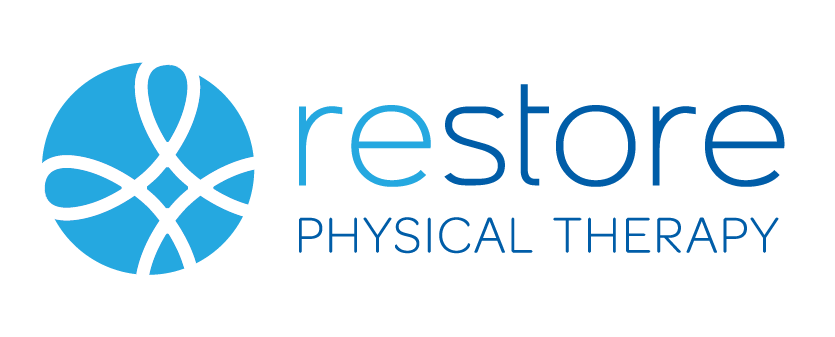3 Ways to Reduce Pain from Shoulder Impingement
Shoulder Impingement can be a nagging injury for several months, if gone untreated. “Impingement Syndrome” or “Sub-Acromial Pain Syndrome” can occur when structures within the shoulder joint become irritated or inflamed due to poor posture, overuse or strain. These structures include the supraspinatus tendon (¼ of the rotator cuff), long head of the biceps tendon and a bursa (fluid-filled fatty pad which helps to reduce friction in the joint space). Common symptoms of shoulder impingement include limited & painful range of motion, decreased strength with lifting/carrying objects and difficulty with simple daily activities such as dressing, showering, carrying groceries, cleaning and more. It can certainly affect those who perform overhead activities or sports, including baseball/softball, lacrosse, racquetball, tennis, etc. Here are some ways we can address the basic musculature around the shoulder girdle to reduce pain and improve mobility!
Upper Trap Stretch
The upper third of the trapezius muscle, commonly referred to as the “upper trap” spans from the base of the skull, down the neck and across towards the tip of the shoulder. Poor posture or overuse of this muscle can lead to consistent overactivity & tightness, thus putting strain on the shoulder girdle. Place one hand under your rear-end to stabilize the shoulder blade. Place the other hand to the top of your head and gently pull down, moving the same-side ear towards the shoulder. You should feel a light stretch on the opposing side of the neck. Hold this stretch for 30 seconds while breathing deeply in from the nose and out from the mouth. Stretch the opposite side in the same manner and repeat 3x/day.
Scapular Retractions
It is common for the middle and lower thirds of the trapezius muscle to become inactive over time, leading to weakness. When these muscles are working appropriately, they help to draw the shoulder blades back and down, placing the anatomy within the shoulder girdle in a healthier position, less likely to become irritated. To perform scapular retractions, begin by sitting up in a chair with good posture. Using just your shoulder blades, pinch them down and back, as if you were attempting to pinch and hold a pencil on your mid/lower spine. Hold this scapular squeeze for 2-3 seconds and repeat 10 times. Perform this exercise 3x/day.
Pectoral Stretch
The forward-head, rounded-shoulder position is very common when evaluating a client with shoulder impingement. The rounded shoulders cause a decrease in sub-acromial space, leading to the constant pressure and irritation of the above-mentioned structures. One of the main muscle groups which contribute to this unhealthy position is the pectoralis major in your chest. This muscle’s origin lies on the humerus (upper arm bone) while it’s insertion attaches along the sternum and collarbone. When tight, this muscle will pull & rotate the arm towards midline and roll the shoulder blade forward, causing impingement within the shoulder joint. To stretch this muscle, find an open doorway and place an arm at 90 degrees on the frame. Using the opposite leg, take a small step forward into a lunge position, bringing the chest slightly through the doorway until you feel a gentle stretch across the chest and corner of the shoulder. Hold for 30 seconds with deep breathing before changing to the other side. If comfortable, you can try to stretch both arms at the same time, shown in the picture below. Perform this exercise 3x/day.
These are the most common and effective exercises that you will see, early on in your physical therapy sessions. They are often presented as part of a home exercise program, to allow patients to be more proactive about their pain, as opposed to reactive. Give them a try for yourself and see how they feel! Even if you are not suffering from shoulder pain, these simple exercises are a great way to alleviate tension and create a break in the workday to give yourself some much-needed TLC.
If you are dealing with any type of shoulder pain, click the button below to sign up for a FREE Discovery Session at Restore Physical Therapy. The experienced doctors will help you determine if physical therapy is the right step for you!
Dr Amanda & Dr Ross will provide you with:
Full-body evaluation
Diagnosis of the injury, using research-based tests
Develop an individualized program to help YOUR needs (no cookie-cutter routines)
Create a home exercise program to reduce pain and prevent recurrence
Guide you back to your favorite activities, PAIN-FREE




